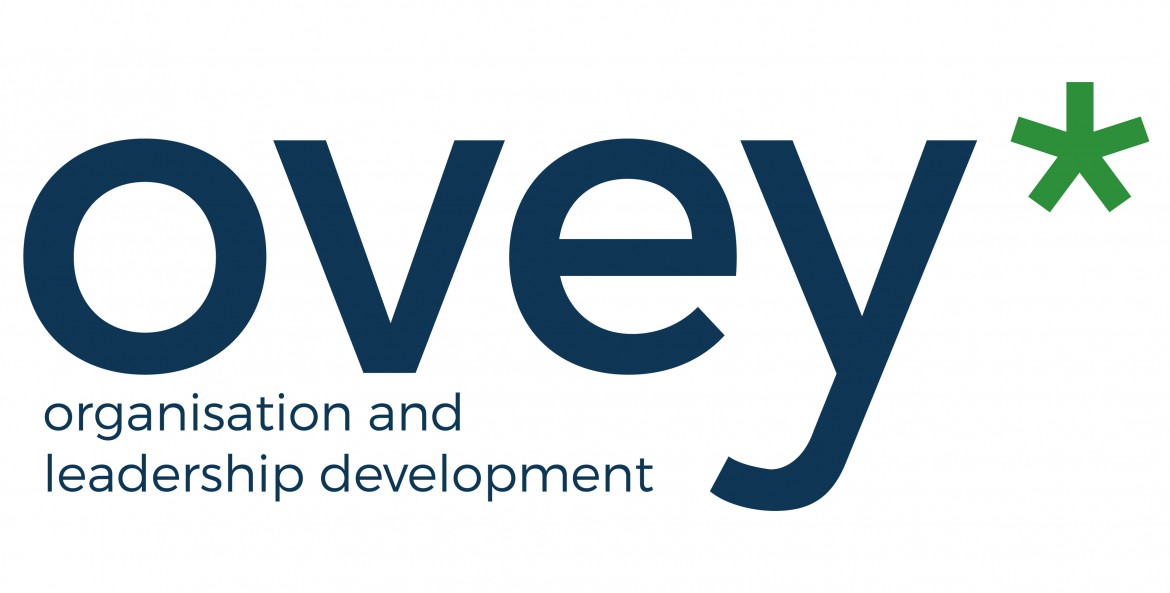
Change projects always take place in a sea of uncertainty. Employees worry about the future, about the tasks they will perform and about their ability to do them. It’s easy to say to managers and leaders that it is their job to motivate their staff and be a beacon for them in the change. That’s their role after all. But managers – especially middle managers – often don’t take on this role, adapting instead a wait-and-see approach, or even openly disavowing the objectives of the change. They become the famous impermeable “layer of clay”. But this is hardly surprising: managers are employees, too, and are triply affected by uncertainty: the uncertainty of the change itself in the organsiation, the uncertainty experienced as an employee that they share with their staff and also the uncertainty they experience in their role as leaders: what do they say to employees when the goalposts are seemingly changed yet again at no notice, what is expected from them in their roles and how do they intact this, what do they expect from themselves and how can they stay true to themselves?
A way of dealing with this is taking time to reflect on what’s going on. By regularly going through events that are happening (perhaps with others in a similar position) and comparing how we actually act with our definition of how we want to act or how we should act can be powerful at several levels: for aligning our actions with our values, for developing our potential, for strengthening leadership teams, for establishing a better feedback culture, for implementing a more structured approach to learning from mistakes, for entrenching learning in the organisation, and for becoming better equipped to deal the challenges we face in the roles within organisations.
